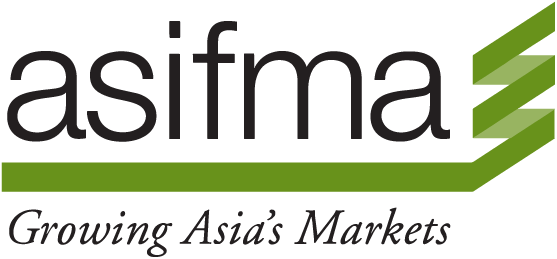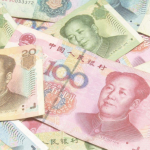Latest Research
ASIFMA AMG guidance paper on Navigating Sustainability in Asset Management: A Practitioner’s Guide
Adoption of the ISSB Standards in Asia: ASIFMA Asset Management Group Position Paper
Introduction
A combination of factors has driven the emergence of China as a global player on the world economic stage and the time is finally ripe for the Chinese currency, the renminbi (RMB), to take its place among the leading currencies of the world.
While the global financial crisis of 2008 served as a clear tipping point for China’s rise to prominence, stresses arising from continued fiscal, current account and debt woes in the US, the economic crisis at the Eurozone periphery and the long-term stagnation of Japan (coupled with its massive public sector debt build-up) have all served to highlight the woes of the world’s traditional reserve currencies: the USD, EUR, JPY and GBP.
At the same time, China’s rising global power in the early years of the 21st century has become increasingly evident, much as the US displaced the UK as the world’s leading economic power in the early 20th century. The growth of a multipolar world has led to an international re-evaluation of the USD’s role as the world’s dominant reserve currency – paving the way for the possible adoption of the RMB as a global alternative.
The seeds of China’s dramatic rise were sown in 1978 when the late Deng Xiaoping put the country on a path of economic reform and modernization. This followed nearly three decades of a closed and domestically focused economy after the founding of the People’s Republic of China (PRC) in 1949. Since the introduction of Deng’s reforms, China’s rapid growth and its rise as a manufacturing powerhouse have seen the nation make spectacular strides in the following respects:
-
- China is now the world’s second largest economy, accounting for 12% of global GDP in 2013. Trailing just behind the US, China is on track to become the world’s largest economy by 2020. In fact, by other measures1, it is believed that China is likely to overtake the US this year.
- China is also the world’s largest exporter and second largest importer, accounting for about 12% of world trade in 2013 (up from just 4% at the turn of this century). Joining the World Trade Organization (WTO) in 2001 gave a major impetus to trade volume growth.
- With over USD 110bn in foreign direct investment (FDI) in 2013, China is the world’s largest developing country recipient of FDI inflows.
- China is the world’s largest consumer of iron ore, copper and tin; and the world’s largest producer of steel and gold. China is also the world’s second largest oil consumer and is set to become the world’s largest oil importer in 20142. In addition, China is one of the largest consumers of liquefied natural gas (LNG). The global commodity cycle is now inextricably tied to China’s economic growth.
- China is the world’s largest holder of FX reserves, with a total of USD 3.8tn in reserves at the end of 2013 – well ahead of the next largest holder of FX reserves, Japan.
China is by any measure a global economic power. However, the country’s economic might is not matched, as yet, by the RMB’s role in global trade and investment. A relatively closed capital account and under-developed domestic capital market (accompanied, however, by gradual current account liberalization), coupled with growth in the use of RMB in trade settleme”ts (which has been rapid, at 18% of total China trade volume, but still below its developed country peers), has meant that RMB recognition and usage internationally is only now gtraction.
Gradual onshore and offshore participation in the RMB markets by global central banks and investors through the use of swap lines, the Qualified Foreign Institutional Investor (QFII) and RMB Qualified Foreign Institutional Investor (RQFII) programs, the rapidly growing offshore RMB bond3 markets and the rise of offshore RMB centers – Hong Kong being the largest – have contributed to the first phase of the RMB’s internationalization, but there is a long way to go.
Opening of the country’s capital account, the increased use of the RMB as an investment currency by international investors and International Monetary Fund (IMF) recognition of the RMB as a potential reserve currency through Special Drawing Rights (SDR) are all critical future steps towards the greater internationalization of the RMB and the liberalization of China’s financial markets.
1. According to data compiled by the International Comparison Programme hosted by the World Bank, as reported by the Financial Times.
2. Source: US Energy Information Administration.

